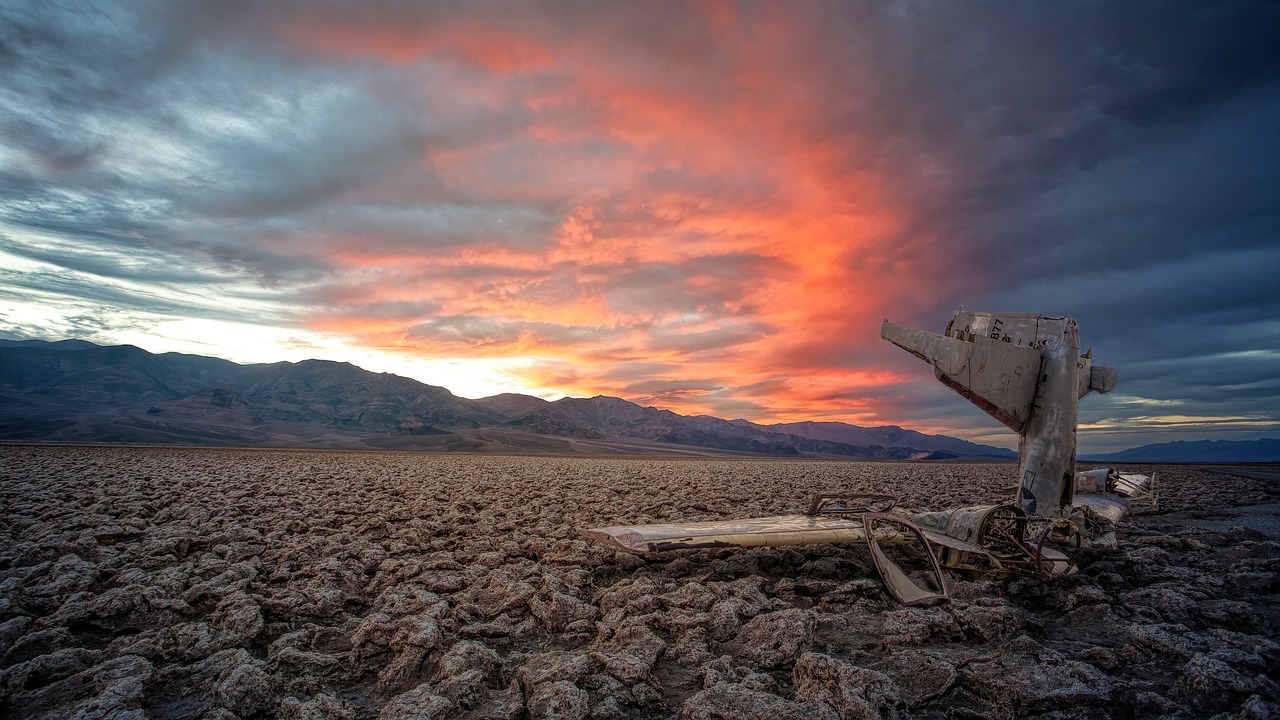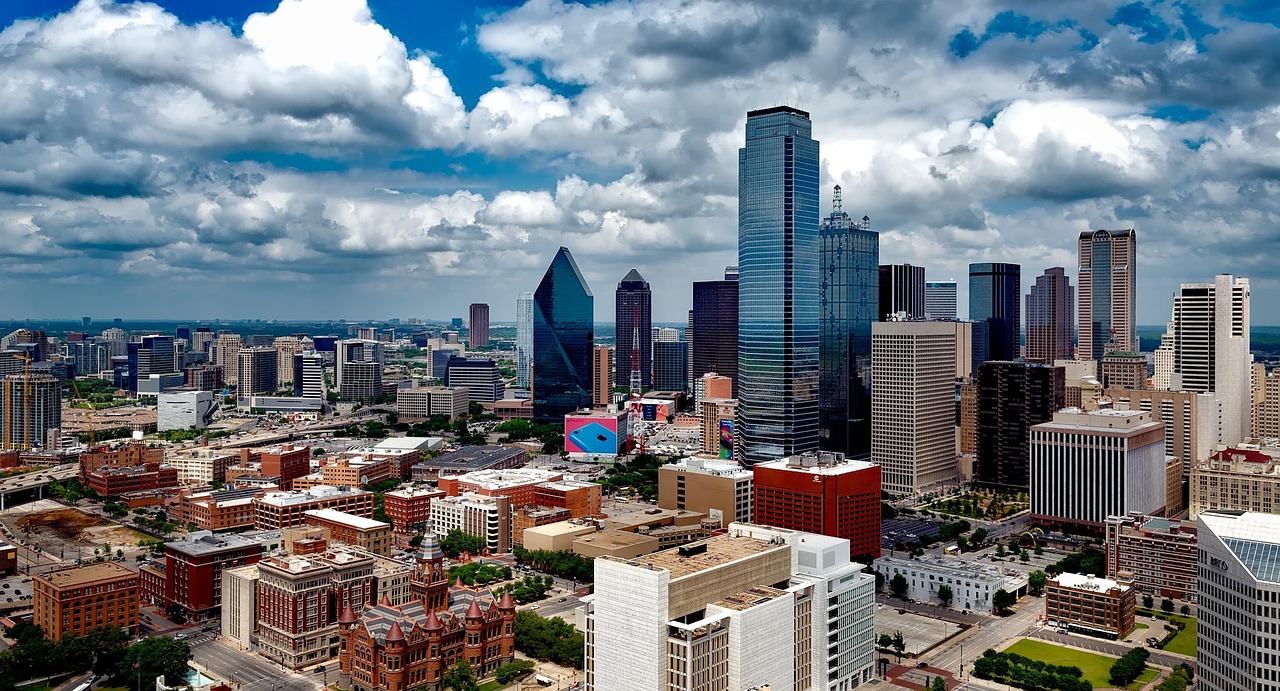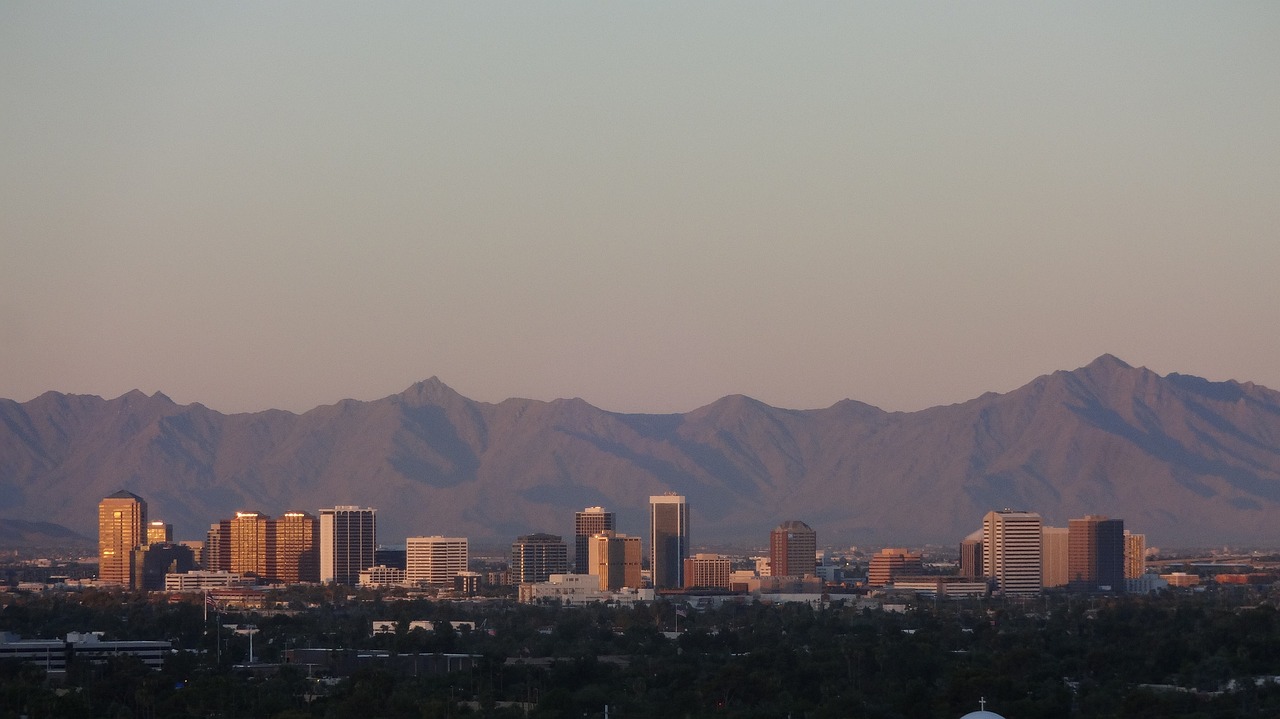Planning a unique vacation can be hard. Death Valley National Park is the lowest point in North America. Our guide shows you the wonders and how to enjoy them safely. Ready for adventure?
Key Takeaways
- Death Valley National Park is the lowest and hottest place in North America. It hit 134°F in July 1913.
- The park has unique places like Badwater Basin, Telescope Peak, and Mesquite Flat Sand Dunes. These spots offer views and adventures.
- Visitors must be ready for extreme heat by drinking lots of water and avoiding the hottest parts of the day.
- The best times to visit are fall and spring when it’s cooler. This time is good for seeing flowers or hiking.
- Wildlife in the park has special ways to live in the hot, dry place. Animals like bighorn sheep can handle less water.
Geographic Features of Death Valley
Death Valley National Park boasts dramatic geographic features. From the lowest point in North America at Badwater Basin to the towering Telescope Peak and the mesmerizing Mesquite Flat Sand Dunes, its landscape is truly diverse and awe-inspiring.
Badwater Basin: The Lowest Point in North America
Badwater Basin holds a record. It is the lowest point in North America. Here, the ground sits 282 feet below sea level. This spot offers a unique view. You can see salt flats that stretch far and wide.
Visitors find this place surprising. They walk on salt crystals that cover the ground like snow. The basin got its name because the water is too salty to drink. Now, let’s talk about Telescope Peak and Panamint Range next.
Telescope Peak and Panamint Range
Telescope Peak stands tall in the Panamint Range, reaching 11,043 feet. It’s the highest point in Death Valley National Park. From here, you can see Badwater Basin below. That’s the lowest spot in North America! Hikers love this peak because of the view and challenge it offers.
The Panamint Range is a line of mountains that divides Death Valley. It has valleys, rocks, and plants unique to this area. The range also acts like a big wall for weather. Sometimes, one side gets rain while the other stays dry.
This makes for some interesting trips through the park!
Mesquite Flat Sand Dunes
The Mesquite Flat Sand Dunes are a sight to see in Death Valley National Park. They offer vast, rolling hills of sand that you can walk on and explore. Photographers and tourists love this place for its beauty at sunrise and sunset.
The dunes rise high against the sky, but they’re not too tough to climb.
Visitors find unique patterns in the sand made by the wind. It’s easy to spot tracks from animals like foxes and lizards too. This area is great for those who enjoy quiet nature walks or fun photo sessions.
Just remember, there’s no shade, so it gets hot under the sun!
Devil’s Golf Course and Salt Flats
At Death Valley National Park, you’ll encounter the Devil’s Golf Course and Salt Flats. These unique salt flats cover the landscape with a crust of jagged salt crystals, making it look like an otherworldly terrain.
The rough texture and sharp formations are not suitable for golfing but offer a stunning sight against the surrounding mountains. Walking on these rugged surfaces is an experience unlike any other in the park.
It’s important to tread carefully as the surface can be brittle and treacherous due to its salt crystal formations, forming part of Death Valley’s captivating geologic wonders.
Telescope Peak and Panamint Range rise majestically above this surreal landscape, offering a striking contrast to the flat expanse below. Planning your visit? Keep in mind that flip-flops or open-toed footwear aren’t advisable when exploring this unique area! Let’s move on to explore Climate Extremes within Death Valley National Park.
Climate Extremes
Death Valley experiences extreme climate conditions, with record temperatures and droughts presenting unique challenges for visitors. To learn more about the park’s incredible climate features, keep reading.
Record Temperatures and Droughts
Death Valley National Park holds the record for the hottest air temperature ever recorded on Earth, reaching a staggering 134 degrees Fahrenheit in July 1913. The park also experiences extreme drought conditions, with an average rainfall of less than 2 inches per year.
It’s important for visitors to prepare for these harsh climate realities, as temperatures often exceed 100 degrees in the summer months, making dehydration and heat-related illnesses a significant risk.
The park’s extreme temperatures and persistent drought have created a unique ecosystem where plants and animals have adapted to survive in such challenging conditions. The arid landscape is dotted with hardy desert flora like creosote bush and cacti, while creatures such as bighorn sheep and kit foxes have evolved specialized behaviors to thrive in this unforgiving environment.
Understanding these weather patterns and their impact on the park’s natural inhabitants is crucial for anyone planning to explore Death Valley National Park.
Seasonal Weather Patterns
Death Valley experiences extreme seasonal weather patterns, with scorching summers often exceeding 120°F and winter nights dropping below freezing. Despite the heat, spring wildflower blooms paint the desert floor in vivid colors, attracting visitors from all over.
Autumn brings cooler temperatures, making it a popular time for outdoor activities like hiking and stargazing. Consider visiting in late fall or early spring to enjoy milder weather while exploring this unique national park.
Moving on to the next section on “Unique Geological History”, Death Valley’s landscape is shaped by fascinating geological processes that make it an intriguing place to explore.
Unique Geological History
Death Valley’s unique geological history is a captivating tale of rifting, deposition, compression, uplift, and faulting that has shaped this extraordinary landscape into what it is today.
To explore the remarkable geological formations in Death Valley National Park further, head to our blog for more details!
Rifting and Deposition
The unique geological history of Death Valley National Park is a testament to the forces that have shaped its landscape. The park was formed through rifting and deposition, where the Earth’s crust pulled apart, creating deep basins that were filled with sediments over millions of years.
This process resulted in the formation of salt flats, badlands, and canyons that we see today. These geological formations offer visitors a glimpse into the dynamic processes that have sculpted this extraordinary terrain.
Erosion has played a significant role in shaping Death Valley’s landscape as well. Over time, wind and water have carved out canyons and valleys, exposing layers of sedimentary rock that tell a story of ancient lakebeds and marine environments.
As visitors explore the park, they can witness firsthand the remarkable effects of rifting, deposition, and erosion on this otherworldly terrain.
Compression, Uplift, and Faulting
After the deposition of layers, the Earth’s crust experienced forces that compressed and uplifted it. These pressures caused faulting, creating ridges and valleys in Death Valley National Park.
The process formed features like the Panamint Range and Telescope Peak, offering breathtaking landscapes for hikers and photographers. This geological history provides a unique opportunity to witness how natural forces have shaped this extraordinary terrain over millions of years.
The compression, uplift, and faulting processes also contributed to the creation of Badwater Basin, which is now the lowest point in North America at 282 feet below sea level. This showcases how tectonic movements have resulted in extreme geographical variations within the park, making it an intriguing destination for those interested in experiencing diverse land formations firsthand.
Flora and Fauna
In Death Valley National Park, witness seasonal wildflower blooms and observe wildlife adapting to extreme environments. If you want to explore the unique plant and animal life in this harsh environment, keep reading!
Seasonal Wildflower Blooms
When visiting Death Valley National Park, don’t miss the stunning seasonal wildflower blooms that occur every spring. The park transforms into a colorful spectacle with a diverse array of flowers, including desert gold, evening primrose, and dune primrose.
This burst of vibrant colors against the stark desert landscape is a sight to behold and attracts visitors from all over.
The wildflowers typically bloom between late February and early April and are heavily dependent on winter precipitation levels. Keep an eye out for these short-lived but breathtaking displays as they bring life and beauty to this extreme desert environment.
It’s truly a unique natural phenomenon not to be missed during your visit.
Wildlife Adaptations in Extreme Environments
After enjoying the seasonal wildflower blooms in Death Valley, it’s fascinating to observe how wildlife has adapted to survive extreme environments. The desert ecosystem here is home to a variety of animals such as coyotes, bighorn sheep, and kit foxes.
These creatures have evolved unique features like large ears for heat dissipation and specialized water-storing abilities to thrive in the scorching temperatures that can exceed 120°F during summer months.
Reptiles like the sidewinder rattlesnake are equipped with adaptations such as heat-resistant scales and efficient burrowing behaviors to endure the harsh desert conditions.
In addition, bird species like the roadrunner have developed remarkable speed and agility to navigate vast open spaces while hunting for prey. With minimal water sources available, many of these animals have also developed physiological mechanisms allowing them to survive on limited hydration, making their mark in an unforgiving environment where drought conditions are not uncommon.
Activities for Visitors
Explore the mesmerizing night sky, capture stunning photographs, and venture through the captivating sand dunes and canyons in Death Valley National Park. Discover more about the many activities awaiting you in this remarkable destination.
Stargazing and Photography
At Death Valley National Park, the night sky is a treasure trove for stargazers and photographers. The park’s dark skies provide an ideal canvas for capturing stunning astrophotography.
With minimal light pollution, visitors can witness the Milky Way in all its splendor, making it a prime spot for stargazing enthusiasts and photographers alike. During moonless nights, the park becomes an astronomical wonderland, offering breathtaking opportunities to capture the cosmos through photography.
In this remarkable setting, visitors can also capture unique celestial events such as meteor showers and planetary alignments against the backdrop of Death Valley’s iconic landscapes.
Throughout the year, numerous celestial phenomena unfold overhead, providing ample opportunities for captivating nighttime photography experiences within this otherworldly national park.
Exploring Sand Dunes and Canyons
Discover the mesmerizing Mesquite Flat Sand Dunes and picturesque canyons in Death Valley National Park. These stunning sand dunes, sculpted by the wind, stretch for miles and create a unique landscape that is perfect for hiking and photography.
The park offers numerous trails to explore these natural wonders, allowing visitors to witness the breathtaking beauty of the environment.
As you delve into the canyons of Death Valley, marvel at their sheer grandeur and observe how water has carved through the rocky terrain over time. From Golden Canyon to Mosaic Canyon, each canyon holds its own allure and provides an opportunity to appreciate the intricate geological formations.
Whether it’s capturing captivating sand dune vistas or navigating through magnificent canyons, exploring these natural marvels promises an unforgettable experience amidst nature’s grandeur within Death Valley National Park.
Safety Tips for Navigating Death Valley
Stay hydrated and carry plenty of water, especially during the scorching summer months; plan your visit during cooler seasons for a more enjoyable experience. To know more about this fascinating national park, come along for an engaging read!
Hydration and Heat Preparedness
When visiting Death Valley National Park, it’s crucial to stay hydrated and prepared for extreme heat. The park experiences scorching temperatures, with the highest recorded being 134°F (56.7°C) in 1913, making it the hottest place on Earth.
To maintain hydration, always carry at least one gallon of water per person per day as there are limited water sources within the park. Protect yourself from heat-related illnesses by wearing light-colored clothing, a wide-brimmed hat, and sunscreen with a high SPF.
Plan outdoor activities such as hiking or exploring during cooler parts of the day to avoid peak temperatures that can surpass 120°F (49°C). It’s pertinent to recognize signs of heat exhaustion or heatstroke such as nausea, dizziness, or confusion and seek shade immediately if these symptoms occur.
Take precautions against dehydration by avoiding excessive alcohol consumption which can exacerbate dehydration in this arid climate. Additionally, be mindful not to overexert yourself physically in high temperatures; remember that extreme heat can quickly lead to fatigue and negatively impact your overall well-being during your visit.
Best Times to Visit
After staying hydrated and preparing for extreme heat, it’s essential to plan your visit to Death Valley National Park during the milder seasons. The best times to visit are fall and spring when temperatures are more moderate, ranging from 70°F to 90°F (21°C – 32°C).
These seasons provide optimal conditions for exploring the park’s diverse terrain without the scorching summer heat that can exceed 120°F (49°C).
During these milder months, you’ll also have a chance to witness blooming wildflowers across the desert landscape, creating breathtaking vistas. Fall and spring offer favorable weather for engaging in outdoor activities such as hiking through canyons or stargazing under clear night skies.
Additionally, visiting during these times allows you to avoid peak summer tourist crowds while still experiencing all the unique geological features and extraordinary wildlife that Death Valley has to offer.
Conclusion
In conclusion, Death Valley National Park offers a breathtaking mix of extreme landscapes and unique geological history. Visitors can explore the lowest point in North America at Badwater Basin, witness stunning seasonal wildflower blooms, and marvel at the park’s diverse flora and fauna.
The park’s climate extremes and safety considerations add to its allure, making it a must-visit destination for nature enthusiasts and adventure seekers alike. Whether it’s stargazing under clear night skies or hiking through rugged canyons, there’s no shortage of awe-inspiring experiences awaiting those who venture into this remarkable national park.
FAQs
1. What should I know before visiting Death Valley National Park?
Before you go, remember that Death Valley is one of the hottest places on Earth. Bring plenty of water, wear sunscreen, and dress in light clothing. Also, check the weather ahead of time; it can change quickly.
2. What are some popular attractions in Death Valley National Park?
Some must-see spots include Badwater Basin, which is the lowest point in North America, Zabriskie Point for stunning views at sunrise or sunset, and Dante’s View for a panoramic look at the valley below.
3. Can I camp in Death Valley National Park?
Yes! There are several campgrounds available throughout the park. Some sites are first-come-first-served while others require reservations. Just be prepared for extreme temperatures during summer nights!
4. Are there any guided tours available in Death Valley National Park?
Absolutely! Many companies offer guided tours that can take you to key sights and help you learn about the unique geology and history of this fascinating place. It’s a great way to explore without getting lost!







Leave a Reply